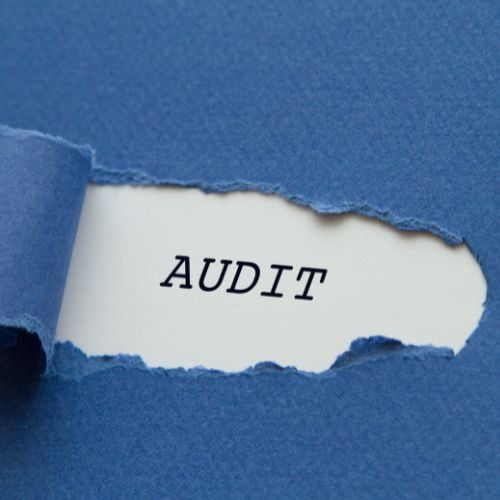
The issue with an IT inventory audit, as with any type of audit, is that it can be a lot of work. If you still manually count everything and enter it into a book or a spreadsheet, time may take its toll. Audits such as this can take far too long and be more complicated than they necessarily should be. The good news is that you can make life so much easier if you use an IT asset register.
When you use a register such as this, the process of auditing can be much more effective. Let’s take a look at why and how this is the case.
Setting Up The Register

Adding an Abundance Of Information
Every asset’s:
- Colour, make, and model
- Date of purchase and cost at purchase
- Location
- Insurance details and warranty information
- Policy and procedure details
- Which software and applications you use
- Your IT infrastructure information
- Links to instruction manuals or PDF manuals
- Photographs for very quick identification
- Maintenance information and schedules
- And any other relevant information
You can simply add as many details to each digital profile as you wish. Alternatively, you can leave the profiles blank. However, when you add insurance and warranty information you’re making life easier for your future self. Let’s imagine that one of your computers breaks down and it’s beyond repair. Having the warranty and insurance details to hand means that you can gain access to it very quickly. As you can see, it makes sense to add as much information as possible.
Using your IT Asset Register For Auditing
- Your applications and data use
- Your policies and procedures
- Details of your software
- Your stock register
- The valuation of your stock
- And so much more
When you have and track all of your IT assets via your asset register, you can see how they behave, when they are used, what you have in stock, and the value of your stock. As soon as you begin to use your asset register you will start to create a lot of data. Depending on the tracking software you choose, you may be able to export the data. If you do, you could potentially have a lot of information to hand. As a result, your audit could be more accurate, and that is never a bad thing. The next paragraph explains why your audits could be more accurate.
Increasing Your Audit’s Accuracy
When you have an accurate audit, you can show the relevant governing bodies that you’re acting as instructed. You can show that you’re operating within essential guidelines and your business is a viable, profitable, and ethical one. It would be very difficult to do this if you simply listed your assets in a book or on a spreadsheet. This is why it makes sense for you to use a digital register. It’s better for those essential audits and your business as a whole.
Would you like to speak with an IT asset register expert about your inventory audit? Contact us today. You can reach us now at: team@itemit.com.

Try itemit
Choose a better way to track
your assets.
Start your free 14-day trial now!

Keep Learning
itemit Blog
Tips, guides, industry best practices, and news.
The Ultimate Guide to RFID Inventory Management
Discover the beginner’s guide to RFID inventory management technology. Learn how to improve accuracy, streamline stock tracking, and boost efficiency today!
A Guide to the Different Types of Inventory Management
Discover the different types of inventory management systems and how each can improve efficiency and accuracy in managing your business inventory.
Understanding the Inventory Tracking Process and Its Importance
Learn about the inventory tracking process and its importance. Discover how it helps improve efficiency, accuracy, and overall business management.


